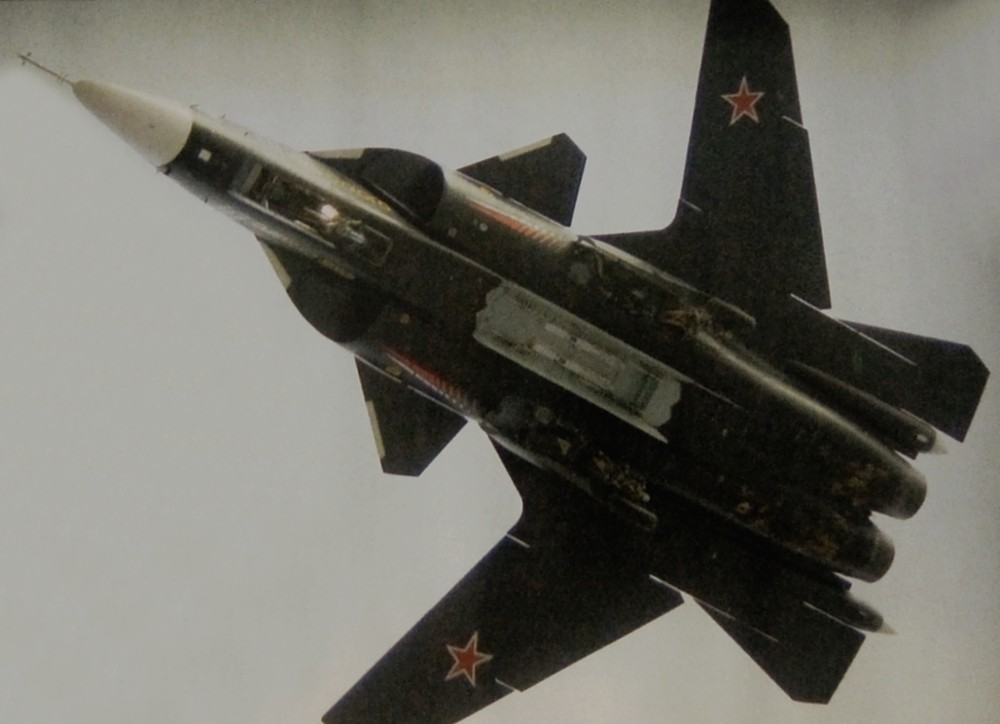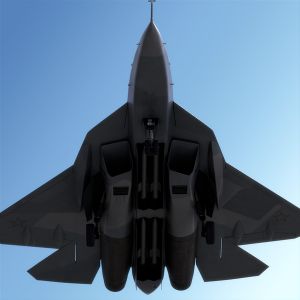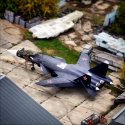Thank you master Jeff, I was rather certain that I had seen pictures, but not positive, I would add that structurally, opening the doors does place additional loads on the door attach points, as well as additional "air loads on the weapons bay walls, sides, fore, and aft, in addition to the doors themselves. As to the lack of apparent supporting structure, (which I noted in an earlier concern) I do note that both the upper and lower center-section skins appear to be rather heavy compound curved sections, which bonded together are quite capable of bearing those loads, the engine nacelles are also a part of that supporting structure, and also appear to be bonded into that superstructure.
So after a more thorough inspection, I would say the actual structure is likely more than sufficient, it is nice to see 051 has been rebuilt and is once again in the flying que, I was rather disappointed that the re-fuselaged 055 was not first flighted during MAKS 2015??? So its looking like we will soon be back up to 4 to 6 flying proto-types, once 055, and 061 are launched??? It really is past time that the Indians were brought into flight test??? and hopefully they soon will be, I guess we'll have to wait and see??
Well?? I still think I recall seeing picture of at least the front bay open?? but I am not positive, thank you blitzo for keeping it real bruda, and Jeff keep looking for those pics bub, I think they are out there somewhere, but get your beauty sleep tonight bub, I had a nice nap this afternoon before evening worship.







